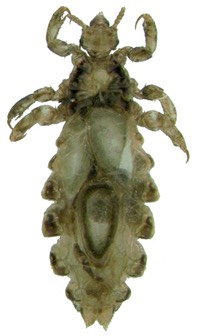For more than a decade, parents and health care providers have increasingly reported 'treatment failures' following applications of louse shampoos (pediculicides). In many cases, many such ‘treatment failures’ may be explained because of:
- Misdiagnosis (no active infestation, or misidentification),
- Non-compliance (not following treatment protocol),
- Resistance by lice to the insecticide,
- New infestation (lice acquired after treatment), and
- Lack of ovicidal (egg-killing) or residual properties of the product.
Reports of resistance (or lack of susceptibility) to certain insecticides by head lice in the U.S. and in other countries have been published in the scientific literature, and non-peer-reviewed reports abound elsewhere. We published a seminal report in the medical literature that found:
- head louse infestations in the US were surprisingly infrequent
- head lice sampled from children who were chronically-infested and treated multiple times with pyrethroid shampoos were resistant to permethrin
- head lice sampled from children living where pyrethroids were rarely used against lice (Malaysian Borneo) were susceptible to permethrin
- lice that were resistant to permethrin at low doses were generally resistant to high doses as well (thus, prescription formulations of containing permethrin at concentrations of 3-5% are unwarranted), and;
- the prevalence of resistance to permethrin had yet to be determined
This final point is of critical importance in understanding the significance of our findings. In our report we documented the existence of permethrin-resistant head lice in the United States. This should not be interpreted as meaning that all head lice are resistant to permethrin and related compounds.

